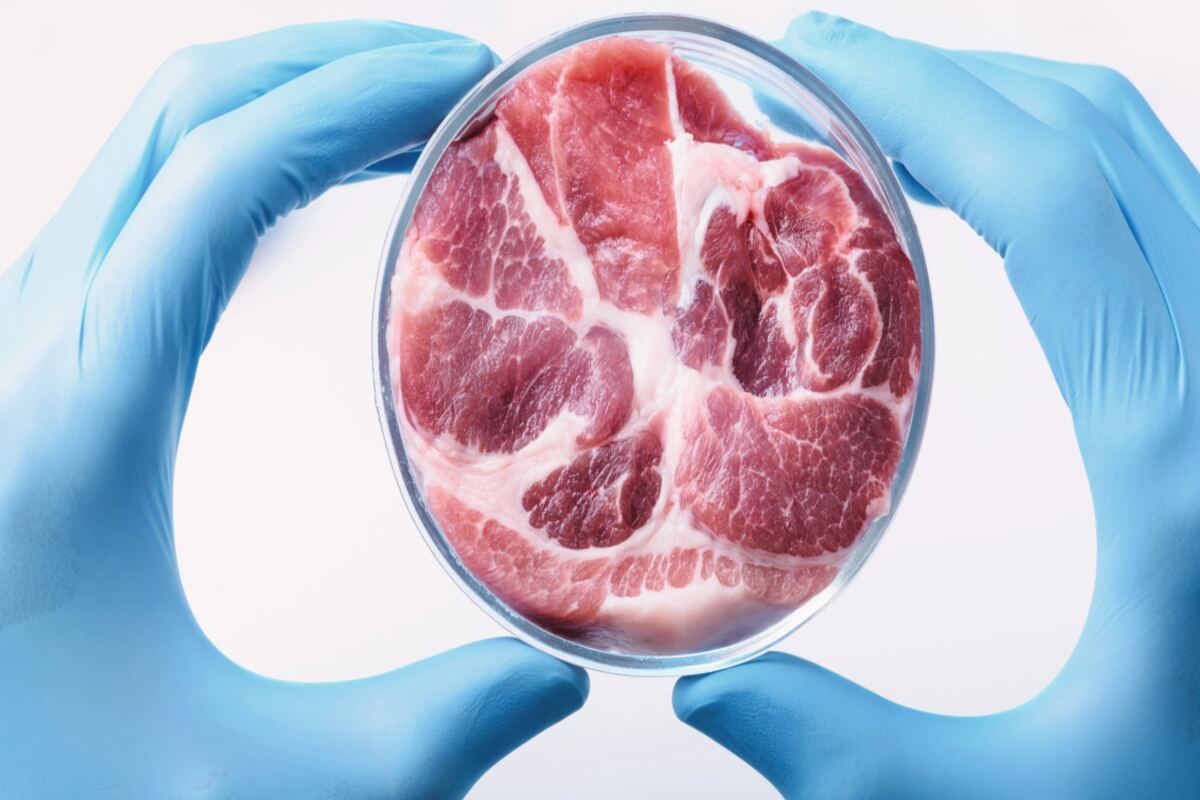Lab-grown meat, aka cultured meat, was an obscure product that gained fame when it was discovered that conventional meat production contributes significantly to global warming. Many scientific demonstrations suggest that cultured meat could become an ethical and sustainable alternative to traditional meat sources.
However, does lab-grown meat possess the potential of public acceptance within the next decade? Is this product the future of meat and meat-related products? Let’s plunge in to assess the pros, cons and prospects of cultured meat.
What Is Lab-Grown Meat, and How Is It Made?
Cultured meat production involves developing animal tissues without slaughtering a single animal. Now, let’s try to answer the question, “What is lab-grown meat?”
Cultured meat is a sustainable protein source that eliminates the drudgery of rearing livestock or contributing to climate change. In addition, the nutrient content of this cultivated meat can be regulated, helping to check cholesterol levels in its consumers.
According to Uma Valeti, the CEO of Upside Foods, cultured meat is not pseudo-meat but “real meat grown directly from animal cells.” He adds that cultivating meat is “similar to brewing beer, but instead of growing yeast or microbes, we grow animal cells.”
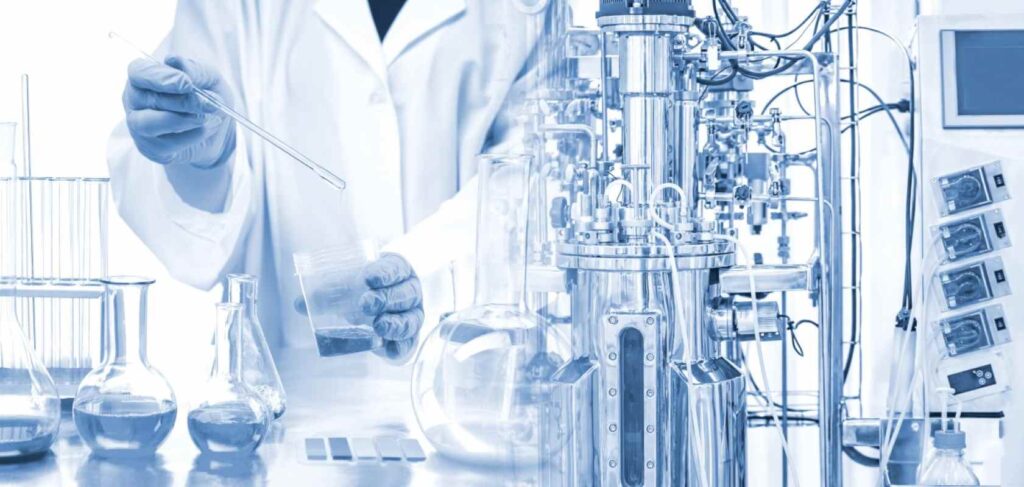
Cultured meat production is sometimes called cellular agriculture and can be split into three broad stages. Cellular agriculture is a branch of the tissue engineering field which involves the regeneration and growth of human tissues as part of corrective medicine. The three stages of meat cultivation are briefly discussed below:
1. Cellular Isolation
There are multiple options for obtaining the seed cells used in cellular agriculture. Some scientists collect animal cell samples from living livestock through biopsy. No worries; this cell isolation option still qualifies as ethical meat production as no harm is done to the donor animal.
Other options involve collecting cell samples from viable animal eggs, embryos or cell banks. Collecting samples from cell banks saves the cellular agriculturist from the stress of biopsying and isolating samples.
2. Cell Growth and Multiplication
The next step is introducing the animal cell isolates into a nutrient-rich growth medium in a bioreactor. A bioreactor is a stainless steel vessel that isolates and controls the growth environment of the cellular culture. The growth medium is usually a broth containing essential nutrients like carbohydrates, proteins, lipids, and hormones for cell growth.
3. Harvest of Cell Mass
After the incubation period, the cell mass in the bioreactor is harvested, and the vessel is prepared for another cultivation batch. Most times, the harvested cell mass is worked into a structure that looks like minced or ground meat. However, recent advances in food 3-D printing make it possible to print the cell mass into structures that look like fish fillet, steak or beef burger.
As it stands, meat alternatives still need a lot of improvement, as authorities in the industry have admitted. For example, Kimbal Musk, CEO at The Kitchen Restaurant Group, reviewed Upside Foods’ cultivated chicken breast. He suggested that the cultured meat was similar in fiber and texture to the real deal. However, Kimbal added, “The flavor profile seemed to be missing some element I couldn’t put my finger on.”
ALSO READ: The Science of Fermentation: How Bacteria Make Foods Better
The Environmental and Ethical Advantages
There is ongoing debate about whether adopting cultured meat is plausible. Research enclaves like Upside Foods have made giant leaps in the development of meat alternatives. However, only a few countries have legalized its commercial production. Israel, Singapore and some states in the US already have commercial cultured meat on their store shelves. The UK only permits the use of lab-grown meat in pet food.
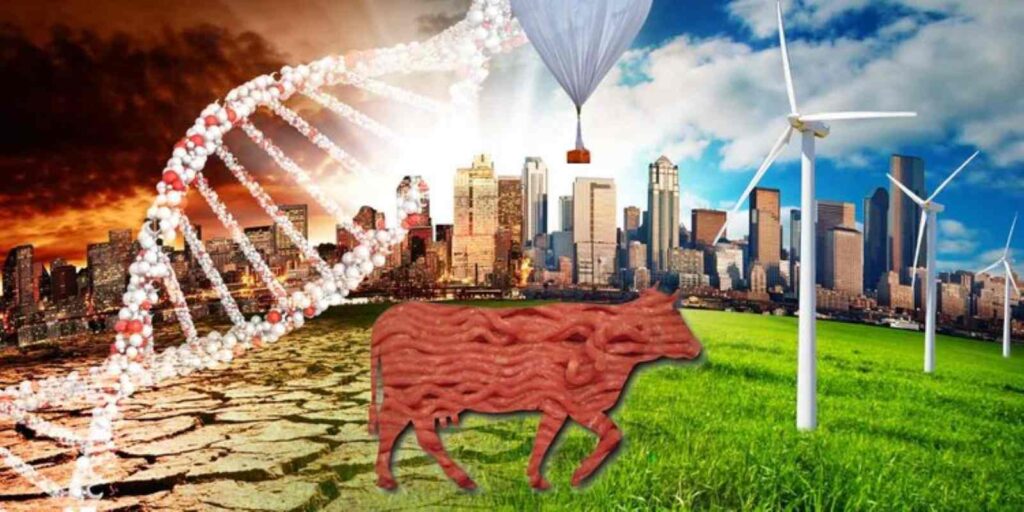
One reason the mentioned countries have allowed the public adoption of cultured meat is its merits. For one, growing meat in the lab involves the humane cultivation of clean meat as it does not require slaughtering millions of animals annually. The resulting products are also sustainable protein sources and acclaimed to be negative contributors to the food industry’s carbon footprint.
A drop in fecal contamination, mitigation of land encroachment for agricultural activities, reduction in energy consumption for meat production, and elimination of farmer-herder conflicts in countries still practicing open grazing are other advantages.
Challenges Facing Lab-Grown Meat Adoption
After all is said and done, consumer perception is a defining factor in cultured meat adoption. Despite the long list of advantages, the campaign for some future food trends may fail if consumers refuse to buy into the narrative. Remember the crisis trailing vaccine use in recent years.
Also, regarding consumer perception, researchers have discovered that blood is a foremost contributor to meat flavor. Unfortunately, no one knows the blood component that confers the said flavor. So, it is presently difficult for cultured meat to possess the exact traditional flavor of meat.
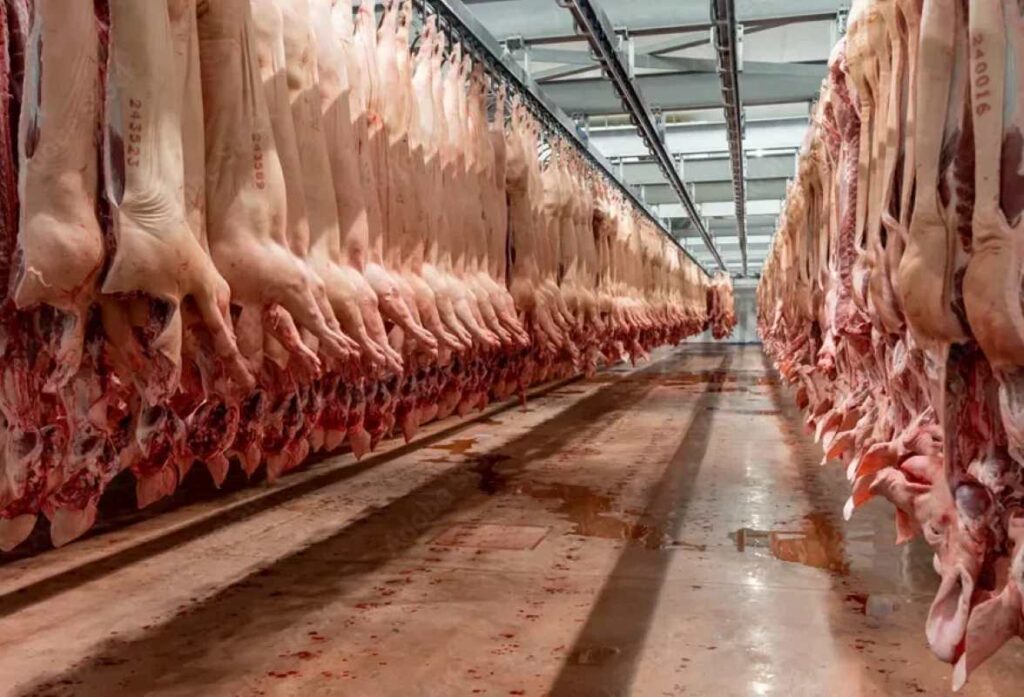
Likewise, there is the challenge of the huge initial costs of setting up a food innovation center. This initial cost is a top priority when considering the cultivation of sustainable protein sources like cultured beef or chicken breast. Even after securing the resources to hop on the train of these future food trends, several regulatory bottlenecks could make it difficult to go commercial.
ALSO READ: 21 Ultra-Processed Foods to Avoid
Potential Impact on the Global Food Industry
There is still a silver lining for cultured meat: research and improvements are ongoing, and more people are enthusiastic about it. In a 2016 study, it was revealed that about 60% of research participants in the US would agree to try out and regularly eat cultured meat. The study also found that vegans consider cultured meat a more organic protein source than traditional meat.
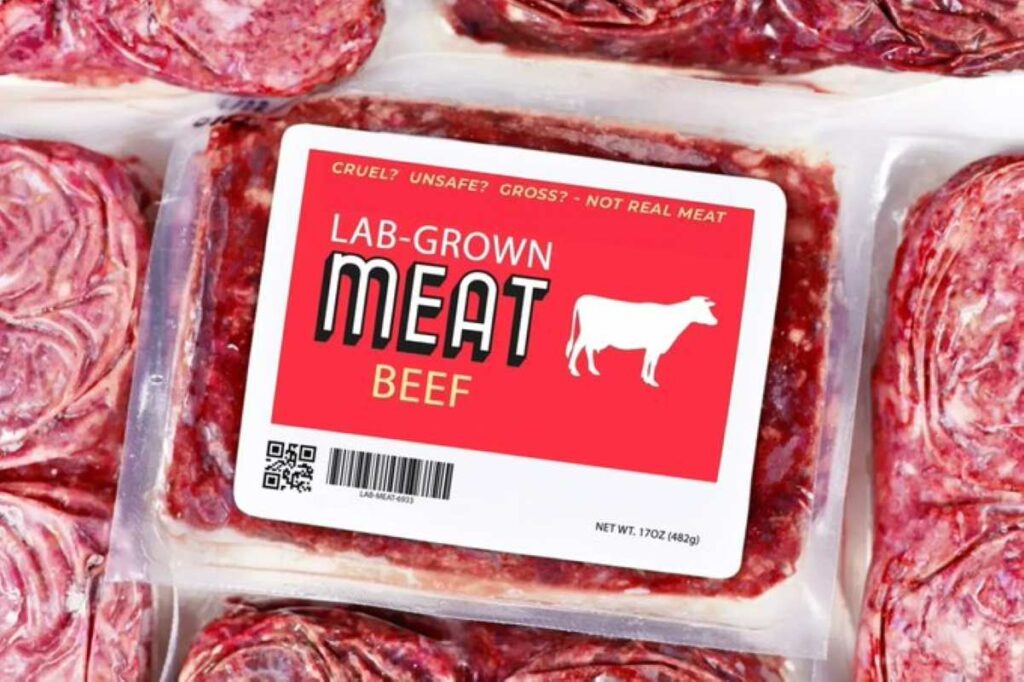
Similarly, a team of French researchers found that cultured meat would integrate seamlessly into the existing global food supply chain. Nonetheless, they raised concerns about how the decline in traditional meat production could affect the ecosystem. Similarly, the socioeconomy of countryside communities could decline as many of them are agro-dependent. However, the French researchers concluded that the shock accompanying the adoption of cultured meat could be put in check through regulatory buffers.
Will Lab-Grown Meat Become Mainstream by 2035?
Even if it will be difficult to explicitly predict the outcome of cultured meat development by 2035, it is still possible to estimate some variables. For example, the price of alternative meat should be much more affordable by that time.
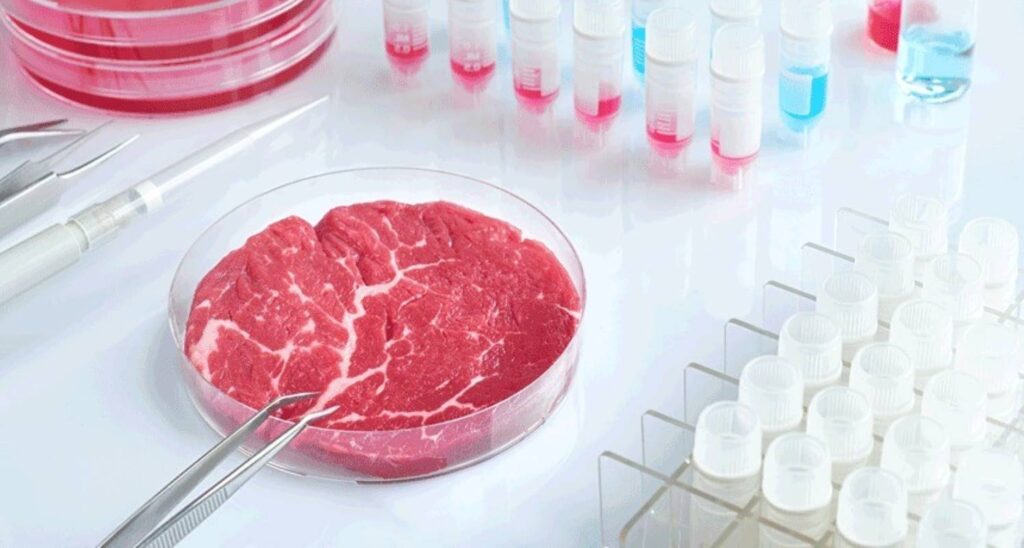
We expect giants of cellular agriculture like Eat Just, Upside Foods and Future Meat Technologies to have made giant leaps in cultured meat cultivation by 2035. There’s also a high probability that the current lapses in cultivated meat texture and flavor will be addressed by the next decade. Don’t take our word for it. Instead, let’s watch out, together, for the rise of cultured meat technology. With all the benefits of sustainability and humane food production that cultured meat promises, it might dominate the alternative protein sources race in the next ten years.







